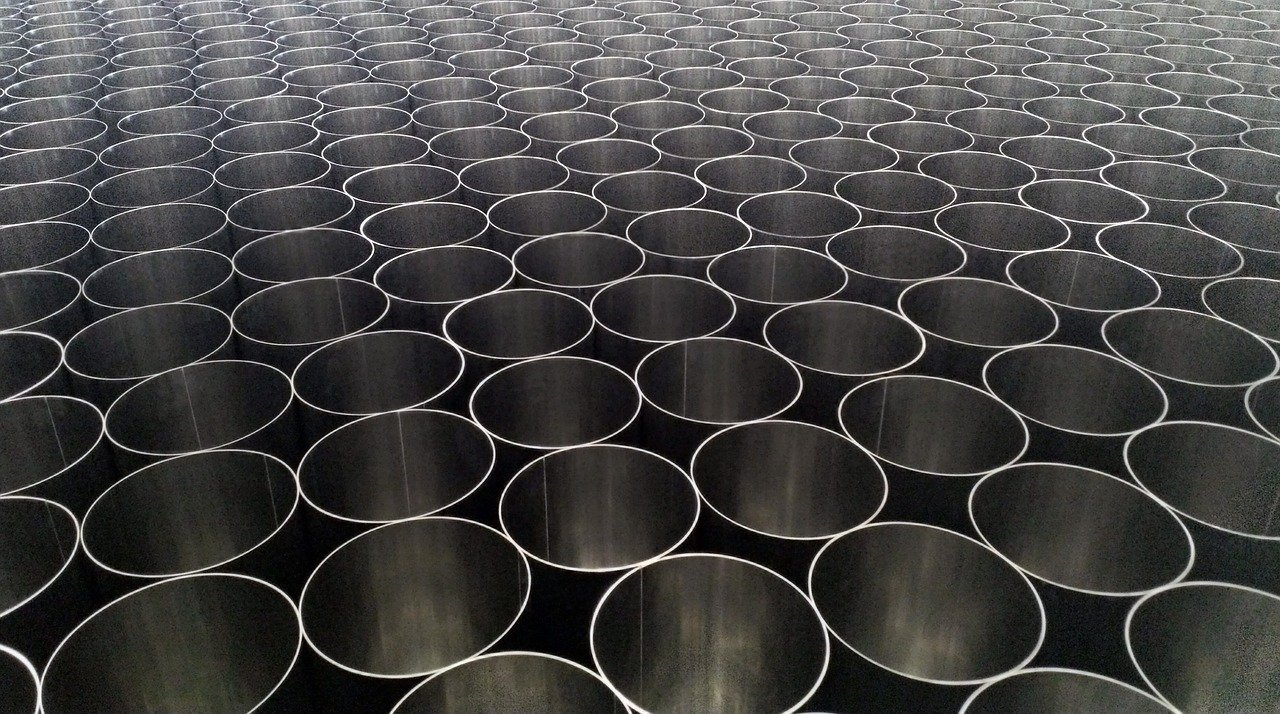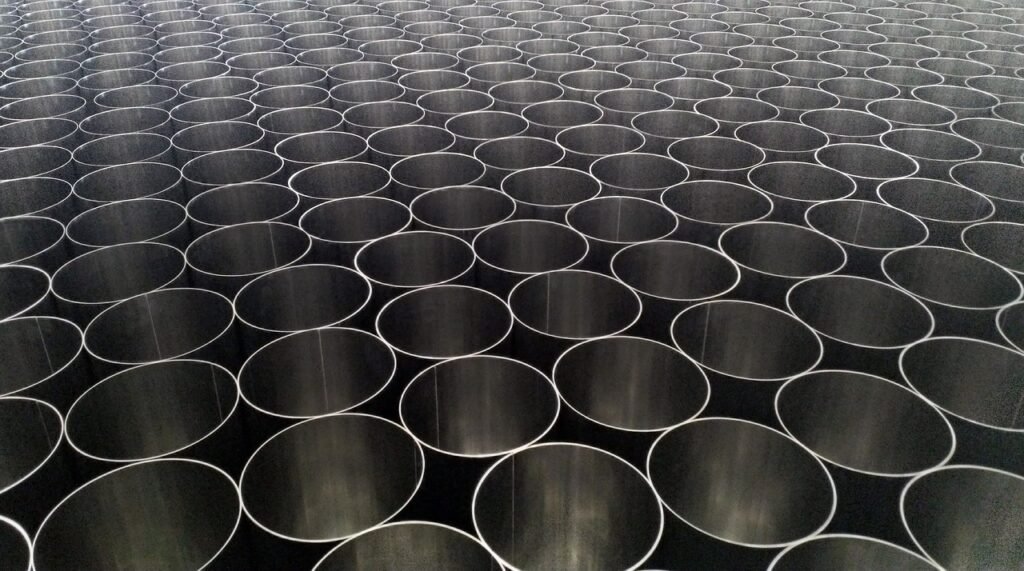Outdoor engineering networks are an important part of the infrastructure, providing water supply, wastewater disposal, electricity and communication systems. Regular maintenance is essential to avoid costly breakdowns and to ensure the long-term functioning of the network. In this article, we will discuss the most common problems and provide solutions.
1. Common problems in outdoor engineering networks
Outdoor networks are often exposed to a variety of disturbances, which can be caused by natural factors or by improper operation.
1.1 Blocked or damaged sewer pipes
The problem: The sewage system can become blocked by grease, dirt, tree roots or other foreign objects. Over time, pipes can become worn or cracked.
Solution: Regular maintenance - high-pressure water jet washing, periodic inspection using video cameras, replacement or sealing of damaged areas.
1.2 Leakages in water supply pipelines
The problem: Corrosion, high water pressure or mechanical damage can cause cracks in the pipes, leading to water loss.
Solution: Water pressure monitoring, regular maintenance of pipelines, rapid replacement of damaged parts.
1.3 Damage to electrical cables
The problem: Underground electricity cables can be damaged by excavation work or natural wear and tear.
Solution: Mapping cables, checking the location of underground networks before excavation, using protective gaffes.
1.4 Problems with rainwater harvesting
The problem: Clogged rainwater collection systems can lead to flooding of streets or yards.
Solution: Regular cleaning of rainwater harvesting wells, installation of a proper slope system, efficient diversion of rainwater to drainage.
2. Preventive maintenance - the key to longevity
Preventive measures are important to avoid costly repairs.
2.1. Regular inspections
- Periodically check the condition of engineering networks using modern diagnostic technologies such as video cameras for sewers or thermal imaging for electricity networks.
- Inspecting pipelines and pumping stations every 6-12 months helps prevent more serious failures.
2.2. Proper operation
- Avoid pouring grease or larger solid objects down the drain.
- Water pressure regulation prevents pipelines from wearing out too quickly.
- Load monitoring of electricity networks helps prevent burnouts.
2.3. Protection against the effects of nature
- Use protective materials and insulation to prevent pipes from freezing in winter.
- Regular pruning of trees near utility lines to prevent their roots from damaging pipes.
- Ensure adequate drainage to prevent groundwater infiltration into the networks.
3. Innovative solutions for the maintenance of outdoor networks
Technological advances allow more efficient maintenance and repair of engineering networks.
3.1. Intelligent surveillance systems
- IoT (Internet of Things) technologies can be used to remotely monitor the performance of networks and respond quickly to faults.
- Wastewater sensors can detect leaks at an early stage and report them to automated systems.
3.2 Modern pipeline repair technologies
- Pipeless rehabilitation technologies allow old pipes to be renewed without major excavations.
- Epoxy coatings and polymer liner systems are used to extend the life of the pipes.
3.3 Automated rainwater harvesting solutions
- Modern rainwater filtration systems help reduce the risk of blockages.
- The use of water reservoirs allows rainwater to be stored and used for agricultural purposes.
Conclusion
The maintenance of outdoor engineering networks is integral to their longevity and efficient operation. Regular inspections, proper maintenance and the use of modern technologies help to avoid common problems and ensure the smooth functioning of the network. By taking the right preventive measures, you can avoid costly repairs and contribute to the long-term reliability of your infrastructure.


